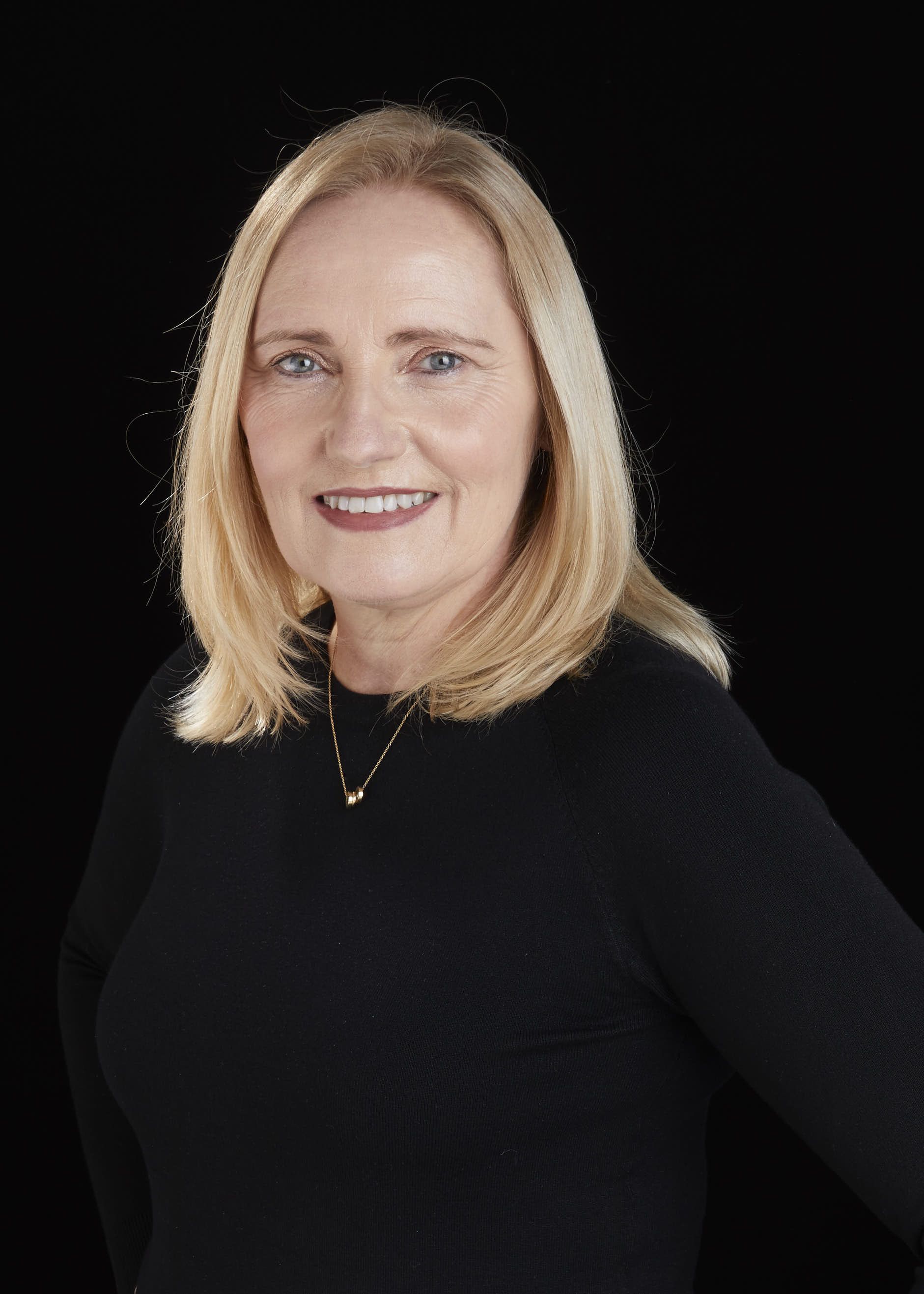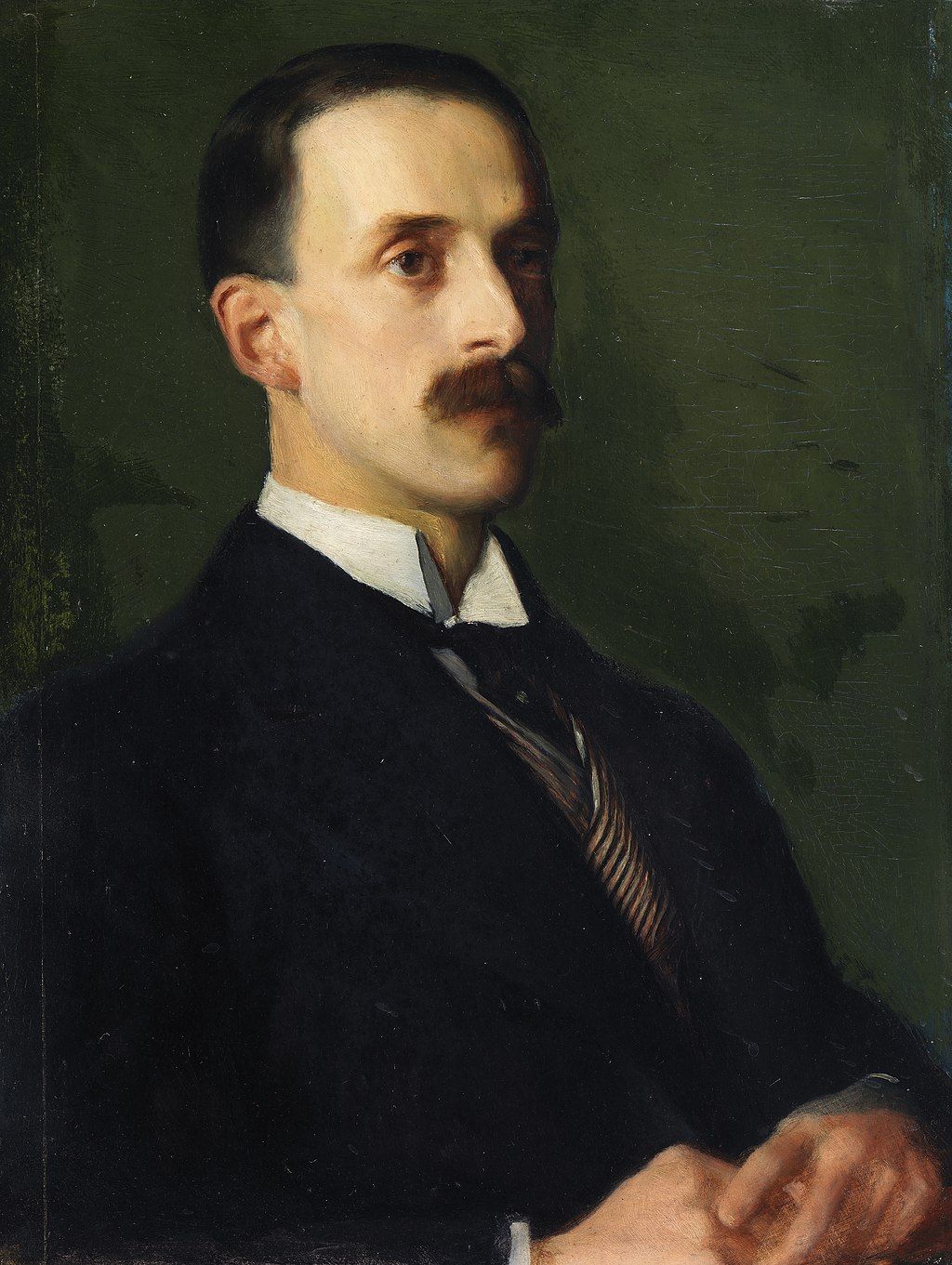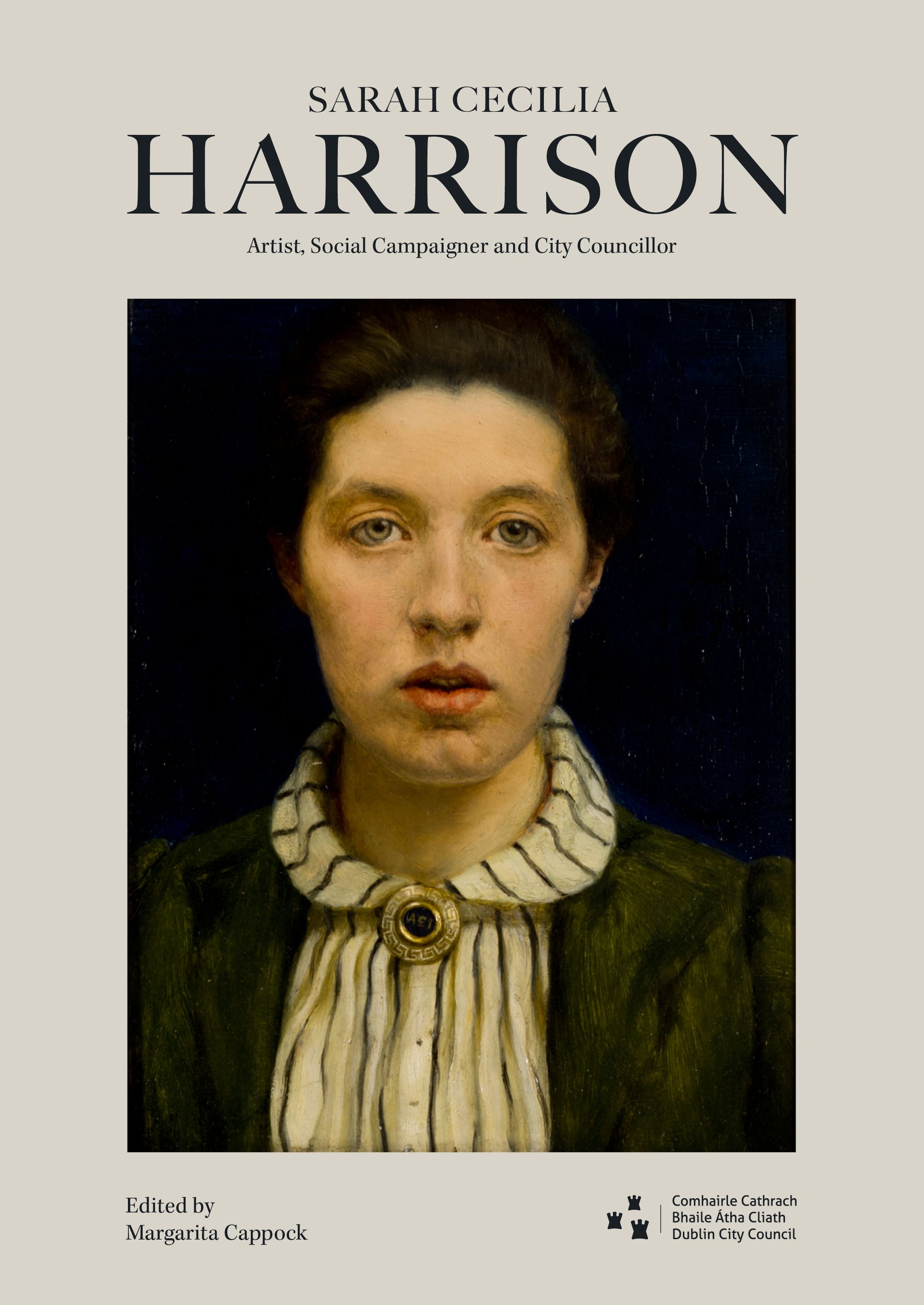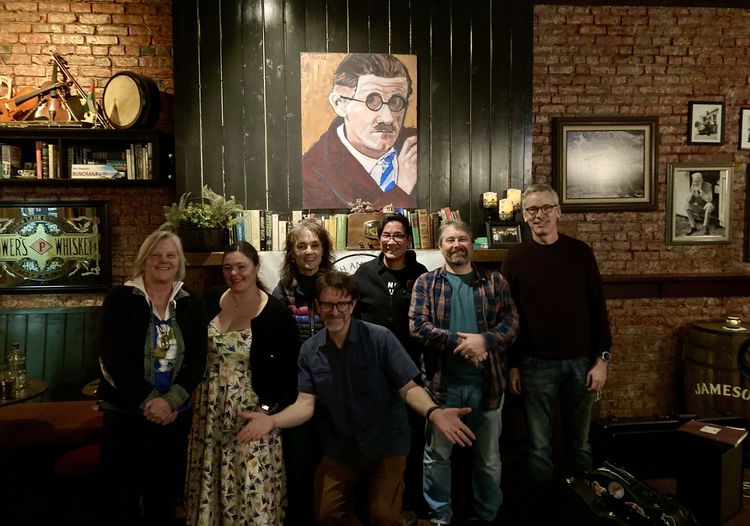In Mount Jerome cemetery, not far from Dublin’s Grand Canal at Harold’s Cross, the epitaph on one gravestone reads: “Artist and Friend of the Poor.”
If at the time of her death in 1941, at age 78, Sarah Cecilia Harrison was still well-remembered and appreciated by the citizens of her adopted city, this would not be the case as the years passed.
Author, art historian and curator Margarita Cappock, the editor of a new book of essays about the artist, calls her a “forgotten woman in Irish history.”
She said, “I came across her when I was Head of Collections at the Hugh Lane Gallery as some of her paintings are in the collection.”
Cappock said, “I was intrigued by the fact that no one had heard of her but yet her legacy can be found all over the city of Dublin.”
It’s all the more remarkable in that not only did Harrison excel in her chosen field, she had a more than 30-year career as a campaigner for numerous causes and was an advocate for the poor of the tenements, the unemployed and the marginalized; she became in 1912 the first woman elected a city councilor to Dublin Corporation, serving a three-year term.
Harrison was born into a County Down Protestant family of renown — the 1798 revolutionary Henry Joy McCracken and the activist and abolitionist Mary Ann McCracken were her great-uncle and great-aunt.
In 1873, when she was 10, her father died and the family moved to London. At just 15, she enrolled in the new Slade School of Art and studied there for seven years. Her talent was recognized with numerous prizes at the Slade.
A frequent traveler back to Ireland, it was always in her heart and she moved to Dublin in 1904. There she became a close ally of collector and dealer Sir Hugh Lane in his campaign for the establishment of a modern art gallery for Ireland, the first in the world.
Harrison was a “superb portrait painter,” said Cappock, whose specialism is Irish and British art, and who has lectured all over the world on Irish art and also on the Dublin-born British artist Francis Bacon.
In addition to the Hugh Lane Gallery, Harrison’s paintings hang in the National Gallery, National Maternity Hospital, Royal College of Surgeons, the Law Library and City Hall.
She campaigned for the Haslam Memorial Bench in St. Stephen’s Green, a permanent memorial to the suffragist couple Anna and Thomas Haslam, for their public service in the “enfranchisement of women.”
Harrison, a champion of women’s rights and an advocate for the needs of children, was herself a prominent campaigner for the suffragist cause and a noted platform speaker up through 1918, when Irish women voted in a national election for the first time.
The artist, who stood at close to 6-foot-2 and often dressed entirely in black, “believed,” says the publisher Four Courts Press, “that an entitlement to employment, adequate housing and even access to modern art were all compatible aspirations. Her strikingly modern and enlightened approach was married with a strong degree of tenacity, pragmatism and an unstinting work ethic.”
Her criticism of “any complacency on the part of the authorities to improve the lot of the working classes” sparked conflict with “powerful individuals such as William Martin Murphy, the successful businessman who owned the best-selling Irish Daily Independent, amongst other business interests, and was a formidable opponent. Things became so heated that on one occasion, Harrison accosted Murphy as he left his office on Dame Street!”
Dr. Cappock is based in Dublin City Arts Office. A graduate of University College Dublin, she was Project Manager of the Francis Bacon Studio Reconstruction and held her position at the Hugh Lane Gallery from 1999 to 2018. She is chair of the International Council of Museums (Ireland).

Margarita Cappock
Place of birth: Dublin
Spouse: Paul Spellman
Children: Two sons, Peter and Hugo
Residence: Killiney, Co. Dublin
Published works: I have written a couple of books and several essays and articles on art and artists. My best-known book is “Francis Bacon’s Studio,” which was published in 2006 and translated into French and German too.
What is your writing routine? Are there ideal conditions?
I am a morning person so like to write very early in the morning, as I find that time of day most productive. I start at 6 a.m., when the house is quiet. Two strong cups of Bewley’s Clipper Gold tea keep me going. I have a busy day job so often find that the weekend mornings are good for writing as there are no interruptions. I tend to write a lot more than the word count in draft form and then edit back. If I get writer’s block, I find swimming in the Irish Sea is a good way to disconnect and recharge my batteries.
What advice do you have for aspiring writers?
My writing is art historical so in that field, it is a case of looking for untapped areas to research and write about, in order to raise your research profile. It is important to start off by looking for opportunities to contribute articles to journals and exhibition catalogues. I think it is important to find a mentor who will cast a critical eye over your work and suggest edits, where required.
Name three books that are memorable in terms of your reading pleasure.
Gabriel García Márquez, “Love in the Time of Cholera”; L P Hartley, “Eustace and Hilda”; James Joyce, “A Portrait of the Artist as a Young Man.”
What book are you currently reading?
I am reading “Homo Irrealis” by André Aciman. It is a beautiful collection of essays on the creative mind, the meaning of time and what might have been. Aciman’s prose is exquisite.
Is there a book you wish you had written?
I loved the illustrated edition of Edmund de Waal’s “The Hare with Amber Eyes: A Hidden Inheritance.” It is an amazing memoir that brings the reader on a journey from Odessa to Paris, Vienna and Tokyo.
Name a book that you were pleasantly surprised by.
Simone de Beauvoir’s “Memoirs of a Dutiful Daughter.” The title of the book was a bit off-putting but I read it when I was 17 and was entranced. It lead to a lifelong interest in 20th-century French literature.
If you could meet one author, living or dead, who would it be?
James Joyce.
What book changed your life?
“Wuthering Heights” by Emily Brontë is a masterpiece and has stayed with me since I read it in school. It is a book I have read several times and still love to this day.
What is your favorite spot in Ireland?
I love Kenmare in County Kerry.
You're Irish if...
Straight after Christmas, you remark on the grand stretch in the evening.

Portrait of Sir Hugh Lane by Sarah Cecilia Harrison, National Gallery of Ireland.








